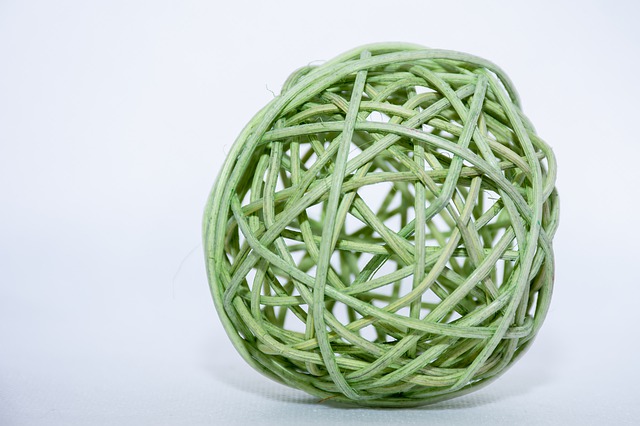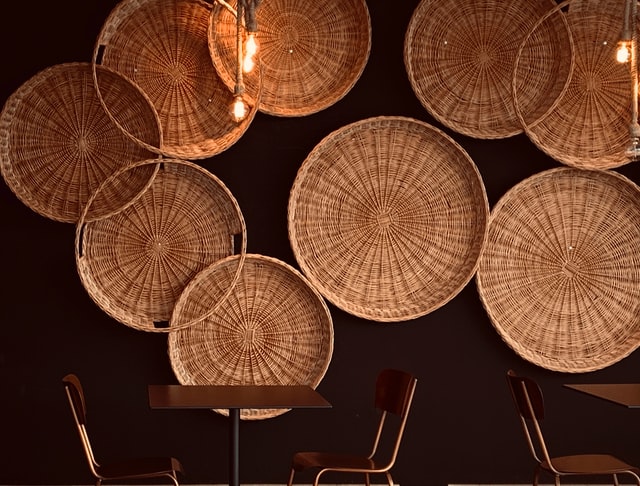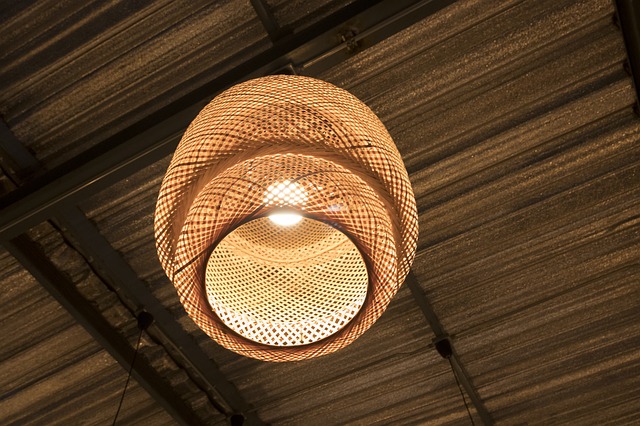Bamboo Artworks: How Traditions Become Contemporary

With the advent of modern and contemporary art, classic traditions started to fade away. New art media, styles, and ideas have overturned the art industry and formulated new unwritten rules. While many traditional media were either assimilated or substituted, some of them managed to withstand the scrutiny. Bamboo is a good example. Much to everyone’s surprise, bamboo artworks have not gone out of fashion; instead, they have acquired a new lease of life. As a result, traditions have become contemporary.
Bamboo artworks: how traditions become contemporary
Bamboo is one of the most flexible construction materials nowadays. High tensile strength, superior elastic properties, and fire resistance make it a suitable art medium for not only contemporary sculptors and painters but also architects and builders. Before we proceed to its value, let’s also look at the disadvantages of bamboo.
First and foremost, bamboo tends to shrink even more than wood and timber. Also, it is fairly vulnerable to insects and fungus if the material is not protected. Last but not least, it may absorb a lot of water during the curing of concrete. Despite the disadvantages, bamboo artworks are still highly relevant, as they rely on one primary quality — aesthetics.
How did “giant grass” become contemporary? To cut a long story short, this material is used in a variety of projects, from small elements of décor to big art gallery installations. The secret power lies within its sustainable characteristics allowing artists to perform miracles. Someone even makes accessories out of bamboo.
The popularity of bamboo artworks in the contemporary art world can be explained only in two ways: they are excellently durable and thus used more often, and they are sustainable enough to be a symbol of green fashion. There is one more reason why bamboo art rocks. It is simply unique and beautiful, and you shouldn’t miss the chance to enjoy it.


